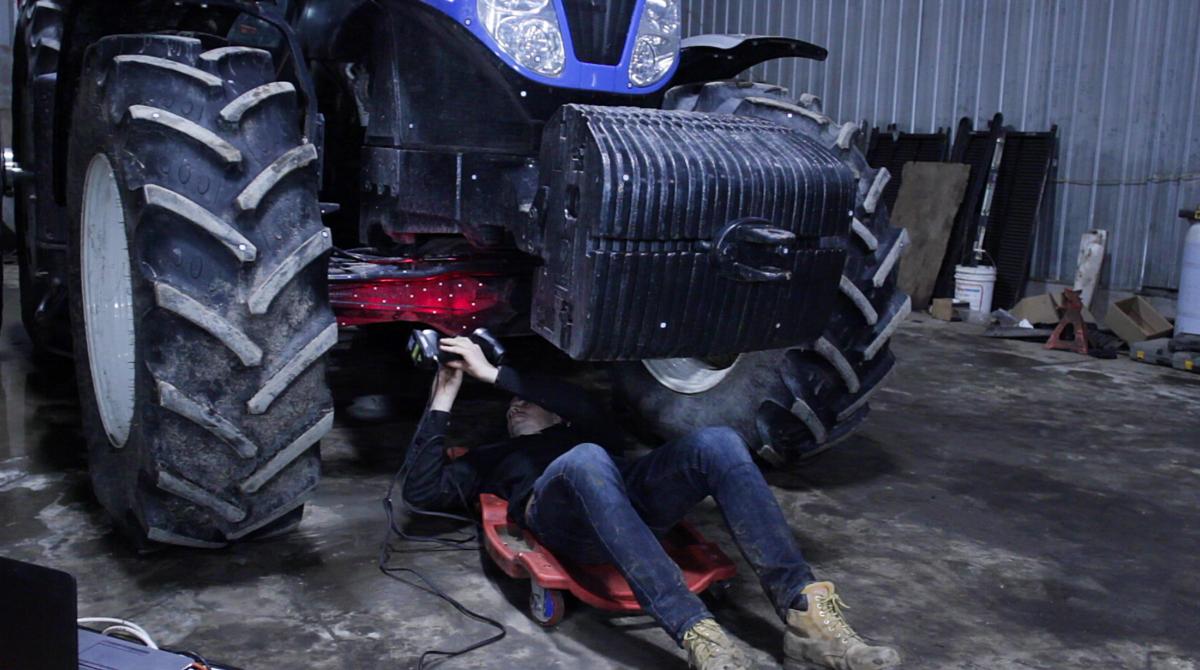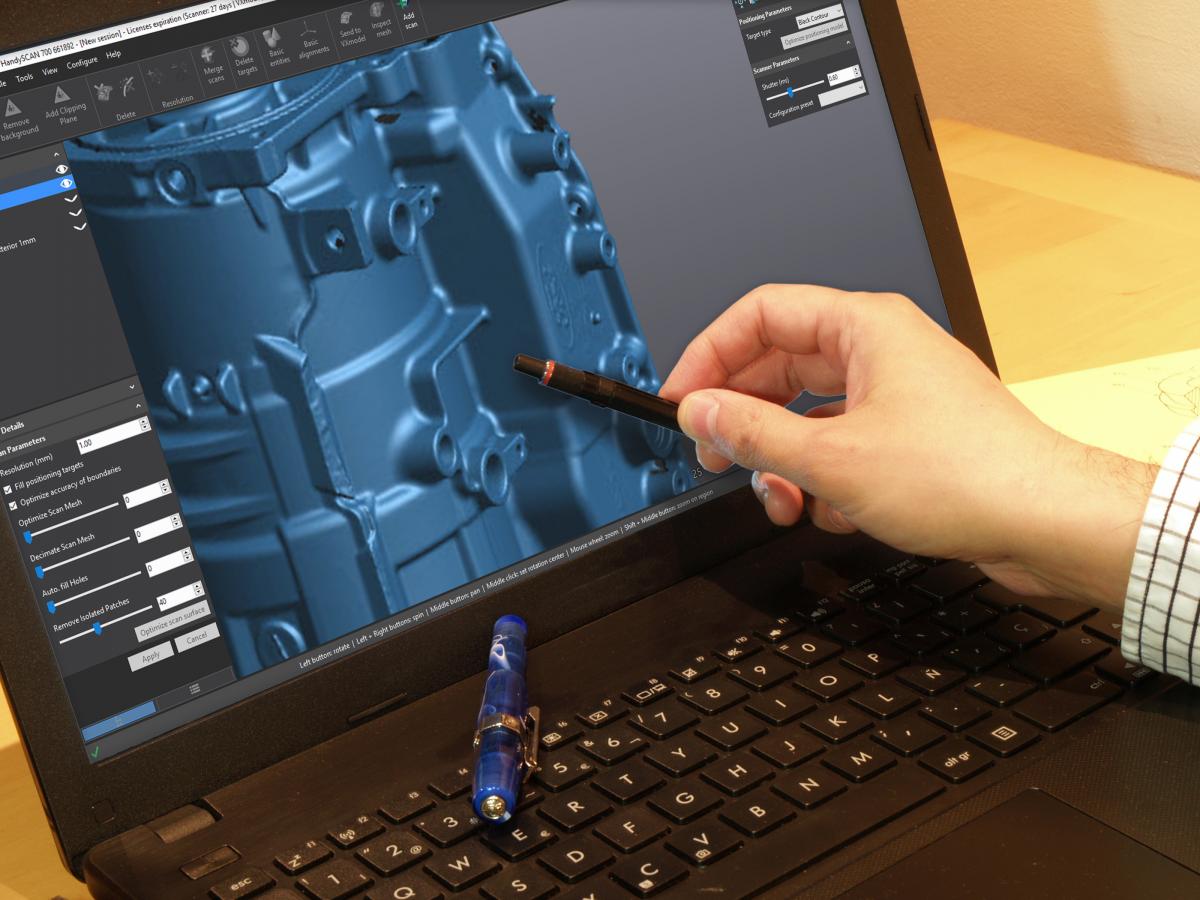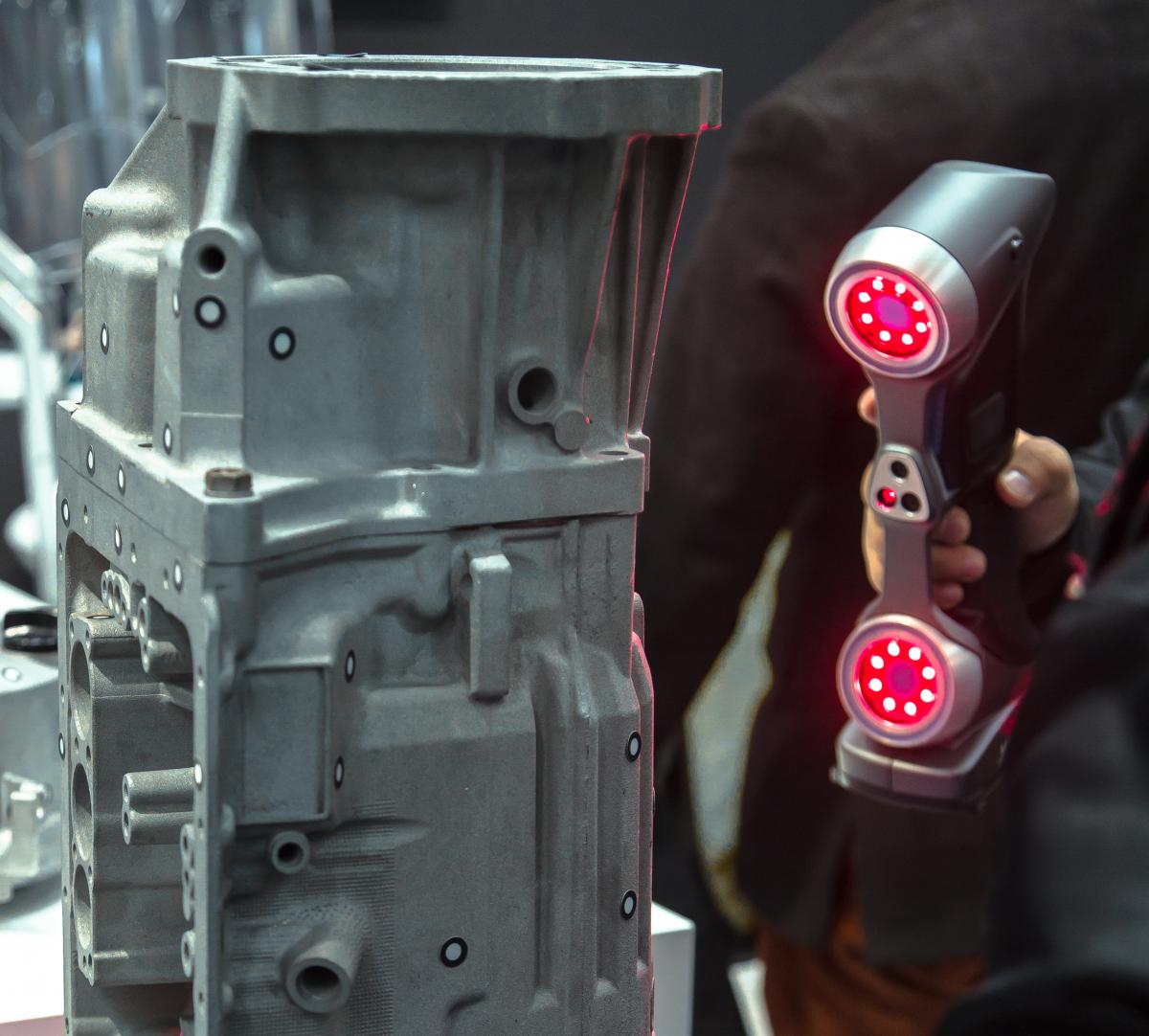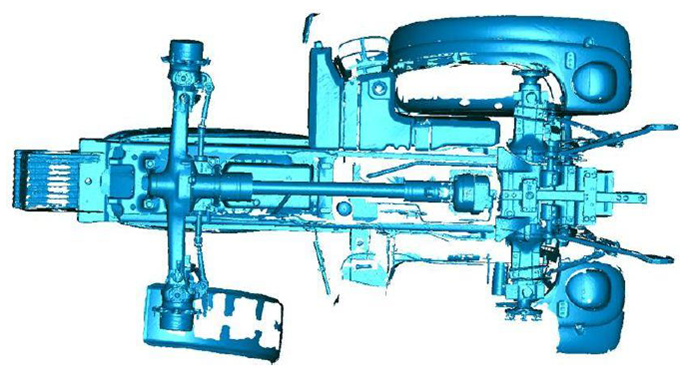Exit this form
Are you sure you want to quit this form?

Reverse engineering is the process of converting a physical object into a virtual 3D model. Contrary to the traditional engineering process, which starts with virtual designs in CAD and finishes with machined, molded, formed, or 3D-printed end products, reverse engineering begins with a physical object and ends with its deduced design dimensions and shape. Reverse engineering is used to maintain, recreate, adapt, or improve the product, system, or assembly.
In the automotive industry, aftermarket products are non-factory parts, accessories, and upgrades that are added to a motor vehicle.
Manufacturing companies working in aftermarket applications must have precise knowledge of the surrounding environment where the designed parts will be integrated. They must be able to measure this environment in order to avoid interferences and properly position their add-on products. For instance, when designing custom-built rubber track systems for farming machinery, it is mandatory to measure the axles as well as all of the nearby components of the machinery, without forgetting any other part that could potentially interfere or be used to attach the track system.
Measuring only a limited number of discrete points is not enough to design superior products because it requires designers to interpret the data; thus, there is a high risk of deviating from physical reality when creating CAD models. Therefore, having the 3D measurements of the nearby surroundings prior to designing a part is essential, especially when custom-built parts are installed on complex geometric surfaces that are almost impossible to measure with manual techniques. This type of surface requires measuring countless points, not only diameters and bolt dimensions, with a sufficient level of detail.
Not having precise 3D measurements of the environment makes it difficult to design a new part that will fit without requiring countless iterations. This endless trial-and-error process impacts the time-to-delivery and might impact the designers’ confidence. Ultimately, these limitations can cause severe problems when mounting the track system.
Because these track systems are custom-built and must seamlessly adapt to the axles of their specific vehicle, new parts require going to the dealership or accessing the client’s machinery for the whole period of the reverse engineering process. The absence of an effective measurement technique for this process means displacement and downtime. Moreover, companies do not always have an experienced staff member specialized in 3D measurement. The technology needs to be simple enough to be integrated within an existing manufacturing process by simply providing employees with a short training session rather than hiring a specialist.

The best possible way to accurately design custom-built rubber track systems and efficiently integrate them with farming machinery is to use a 3D scanning technology to capture 3D data and build 3D models of the vehicle.
Accuracy: 3D scanning solutions can generate highly accurate STL files that result in 3D models of superior quality, perfectly reproducing the vehicle’s structure.
High level of detail: 3D scanning generates the high level of detail required to accurately design the parts that will be attached to the existing product. Moreover, 3D scanners allow users to acquire the quality and quantity of data required for complex designs.
Portability: 3D scanners that are easily transportable can measure every corner of the axle and its components, even the sections that are impossible to reach with measuring arms or other measuring methods.
Simplicity: 3D scanners are plug-and-play devices and come with user-friendly interfaces that are accessible to all employees regardless of their experience or expertise level. Moreover, because 3D scanning tools can generate mesh files automatically, the scanned data can start to be converted into a detailed 3D model immediately, easily, and quickly.
The HandySCAN3D | SILVER Series, as well as the VXModel software platform, are good examples of these accurate, high-resolution, portable, and easy-to-use scanning solutions.
  |
 |
In addition to improving the traction and flotation of the motor vehicles, the comfort that riders experience while driving the vehicle is another proof of the manufacturer’s realization. 3D scanning technologies contribute to the following benefits, all of which are essential to becoming a world leader:
Founded in 1967, Soucy International Inc. is a Quebec-based company that has developed state-of-the-art expertise in designing and manufacturing parts and accessories for the agricultural, industrial, military and recreational markets. Its “Soucy Track” line of products is a world leader in designing custom-built rubber track systems for farming machinery. These tracks are meant to replace wheels on tractors and any other kind of vehicle, to improve their traction and flotation, as well as make the ride more comfortable for the driver.
The company is well aware of the benefits of the HandySCAN 3D | SILVER Series, which allowed them to design superior products while refining their design process.